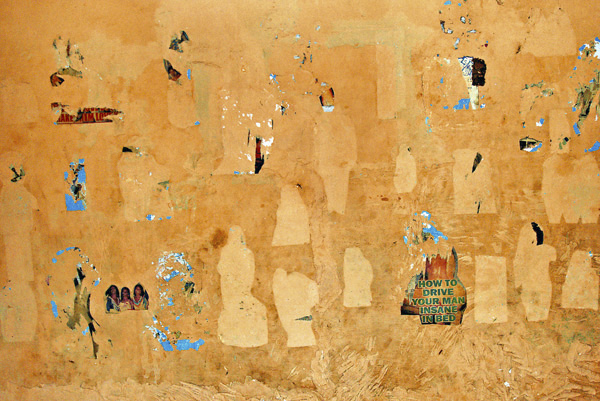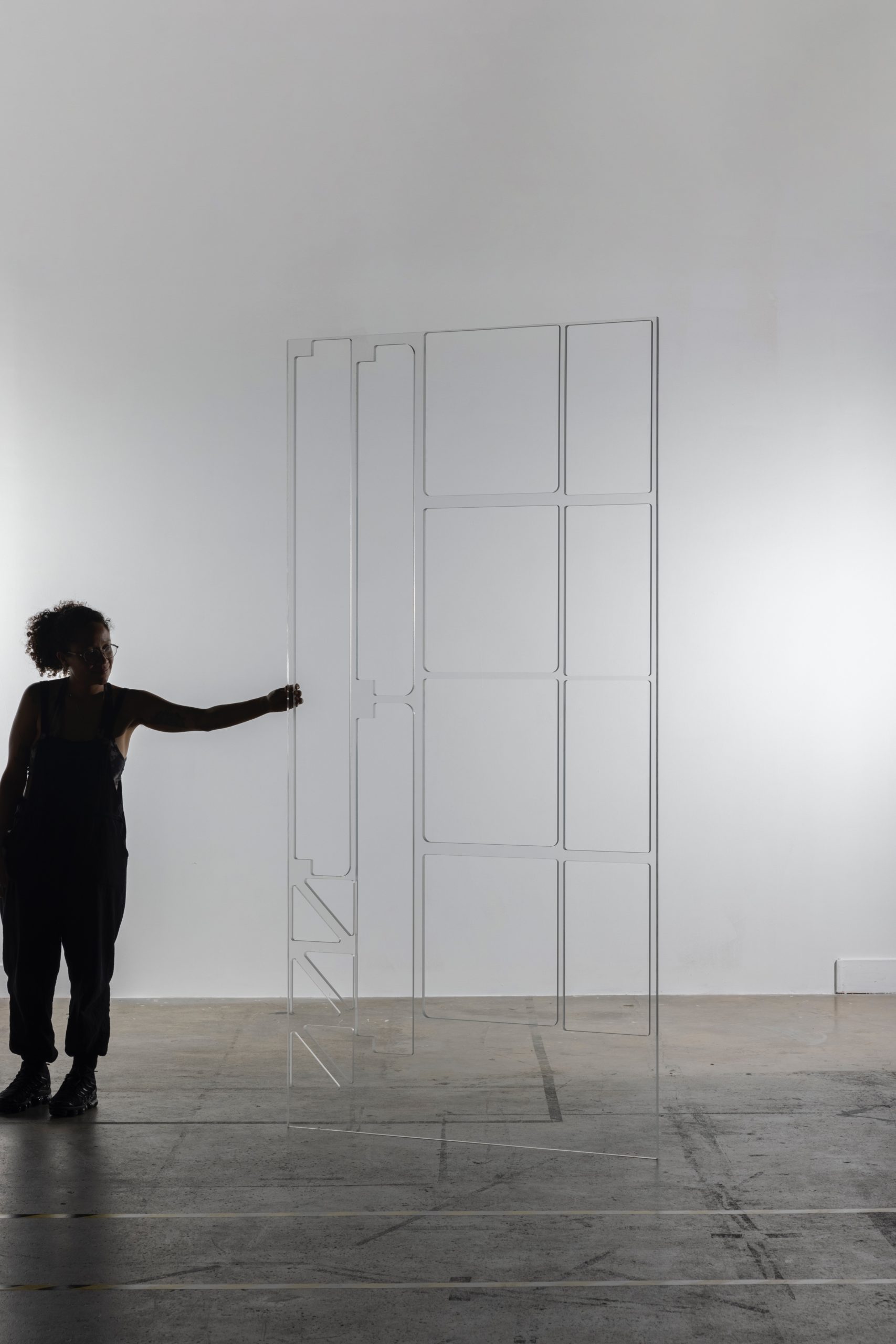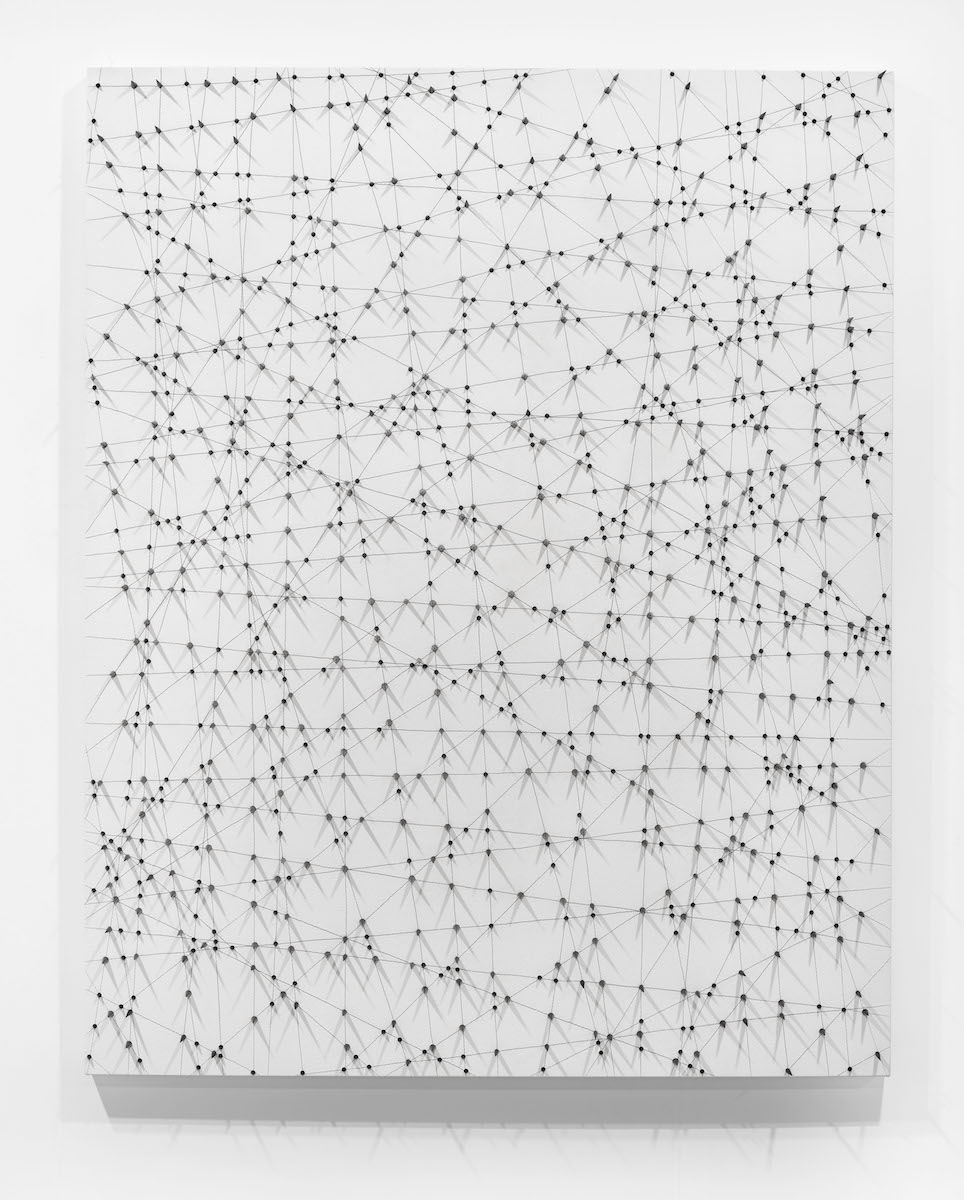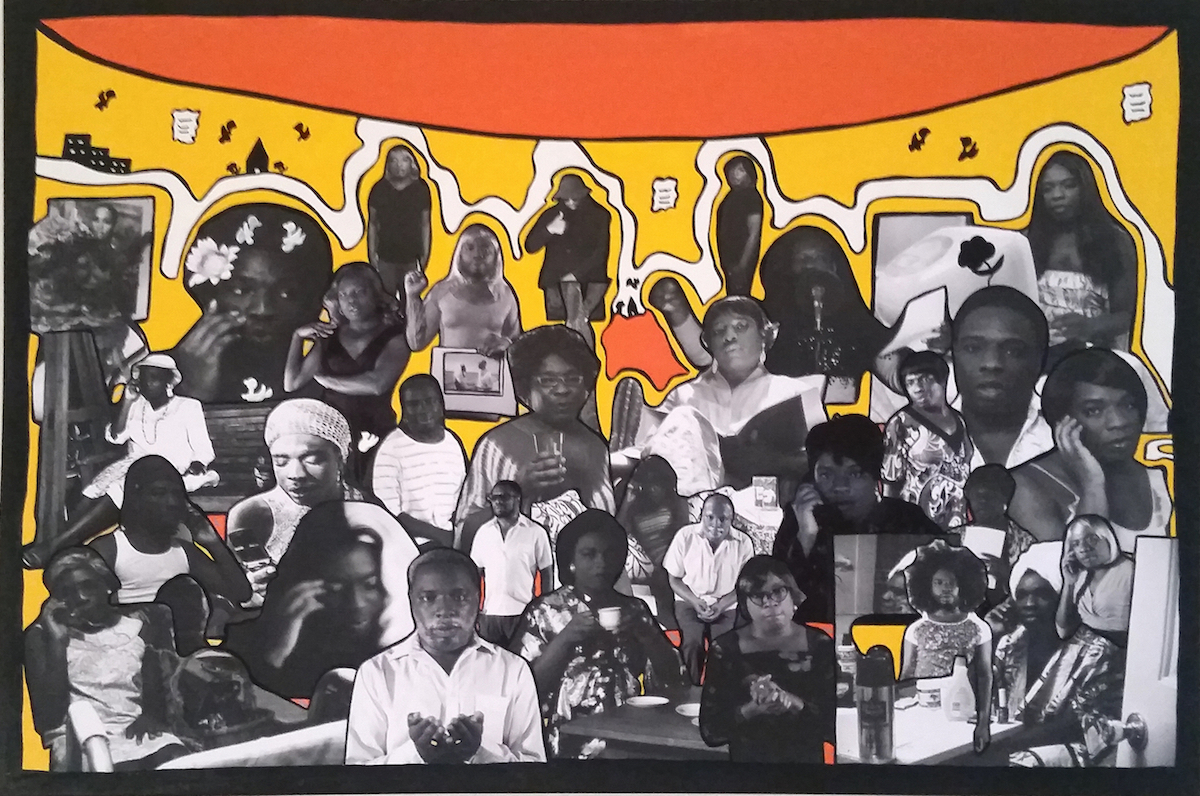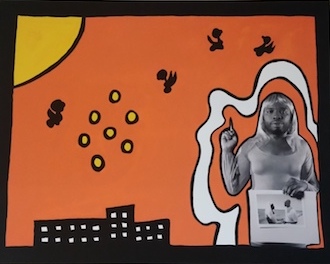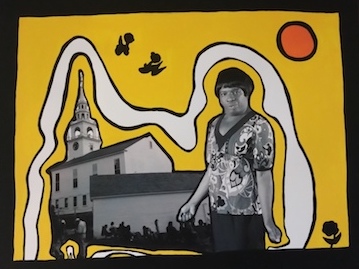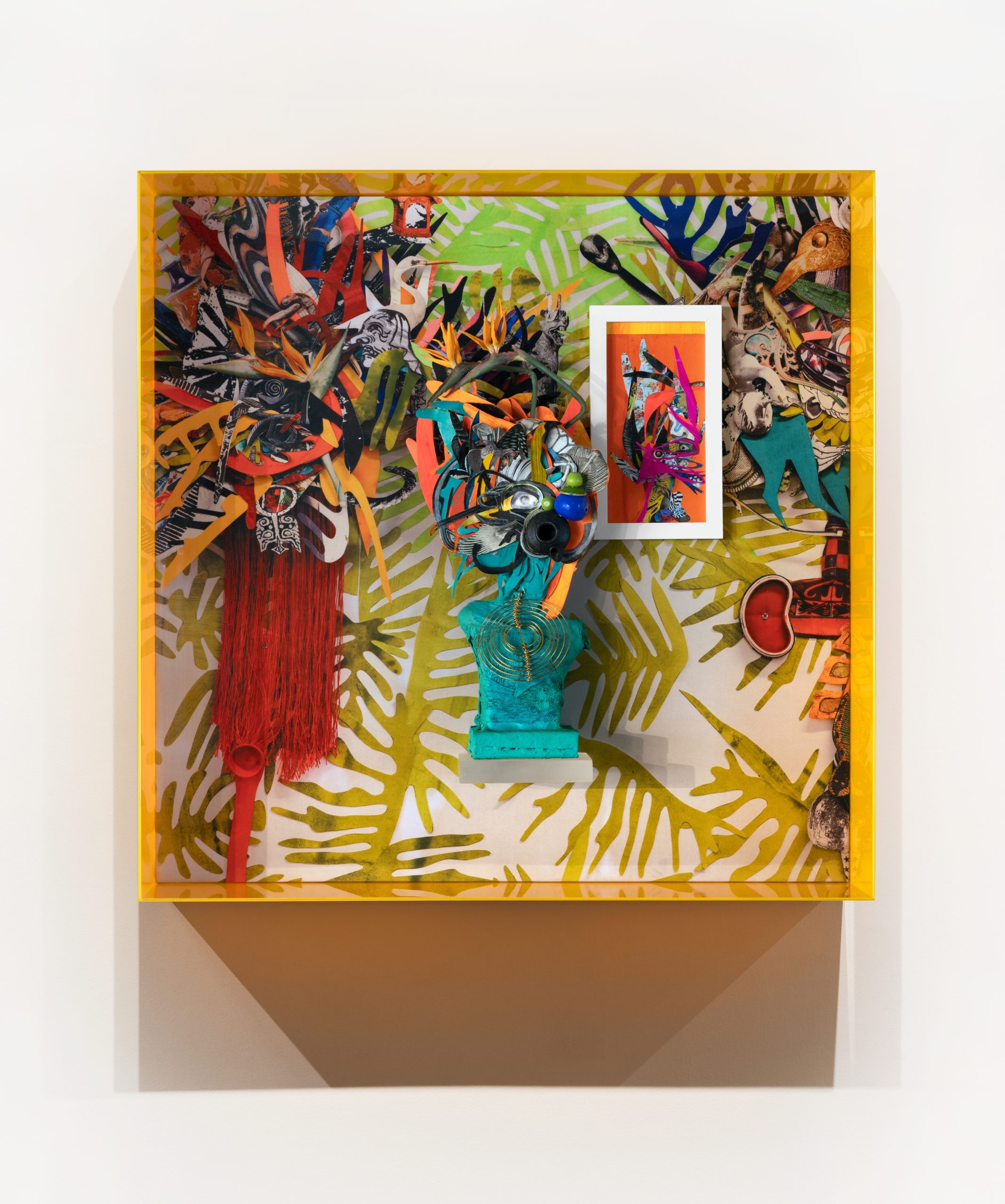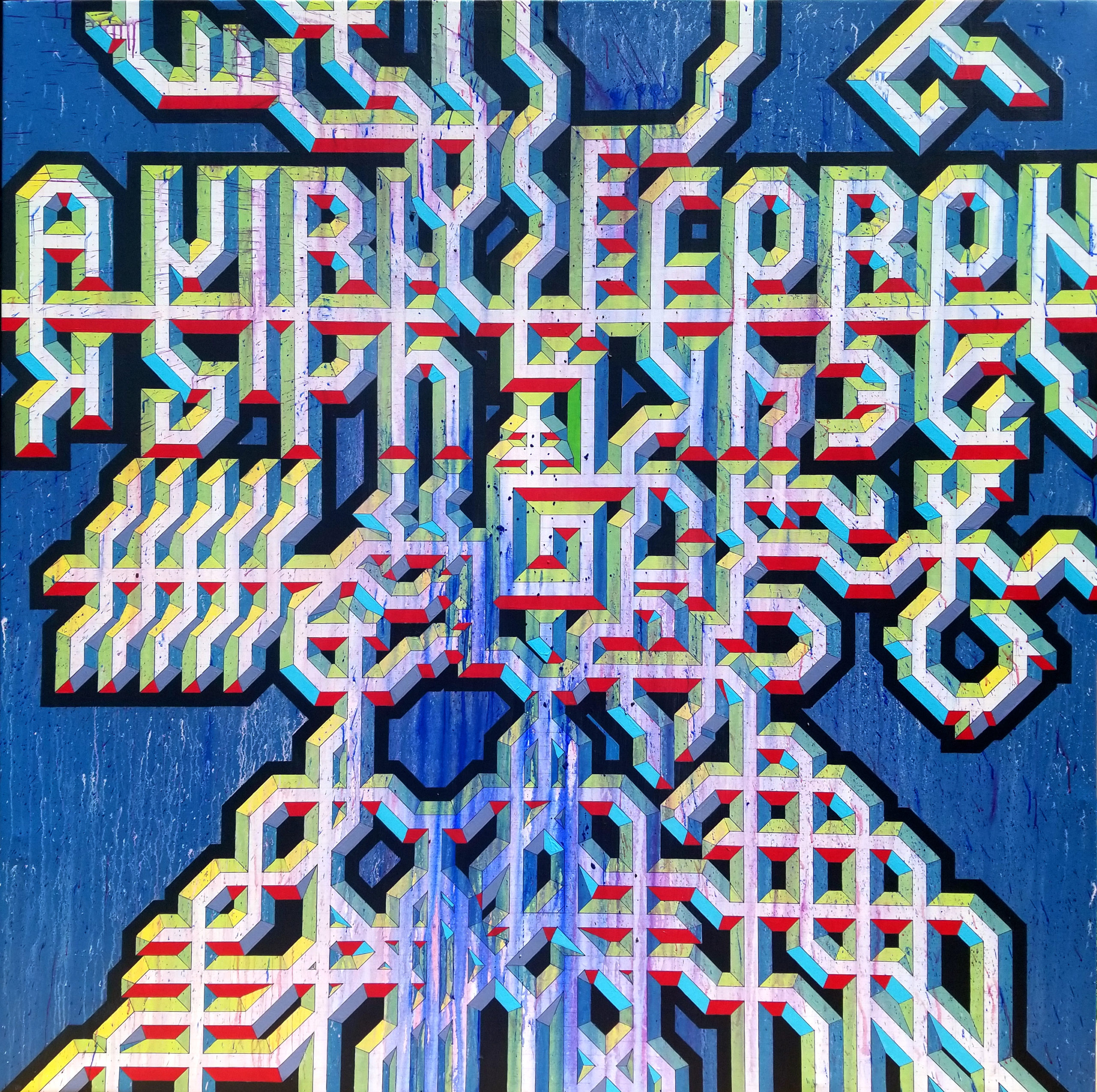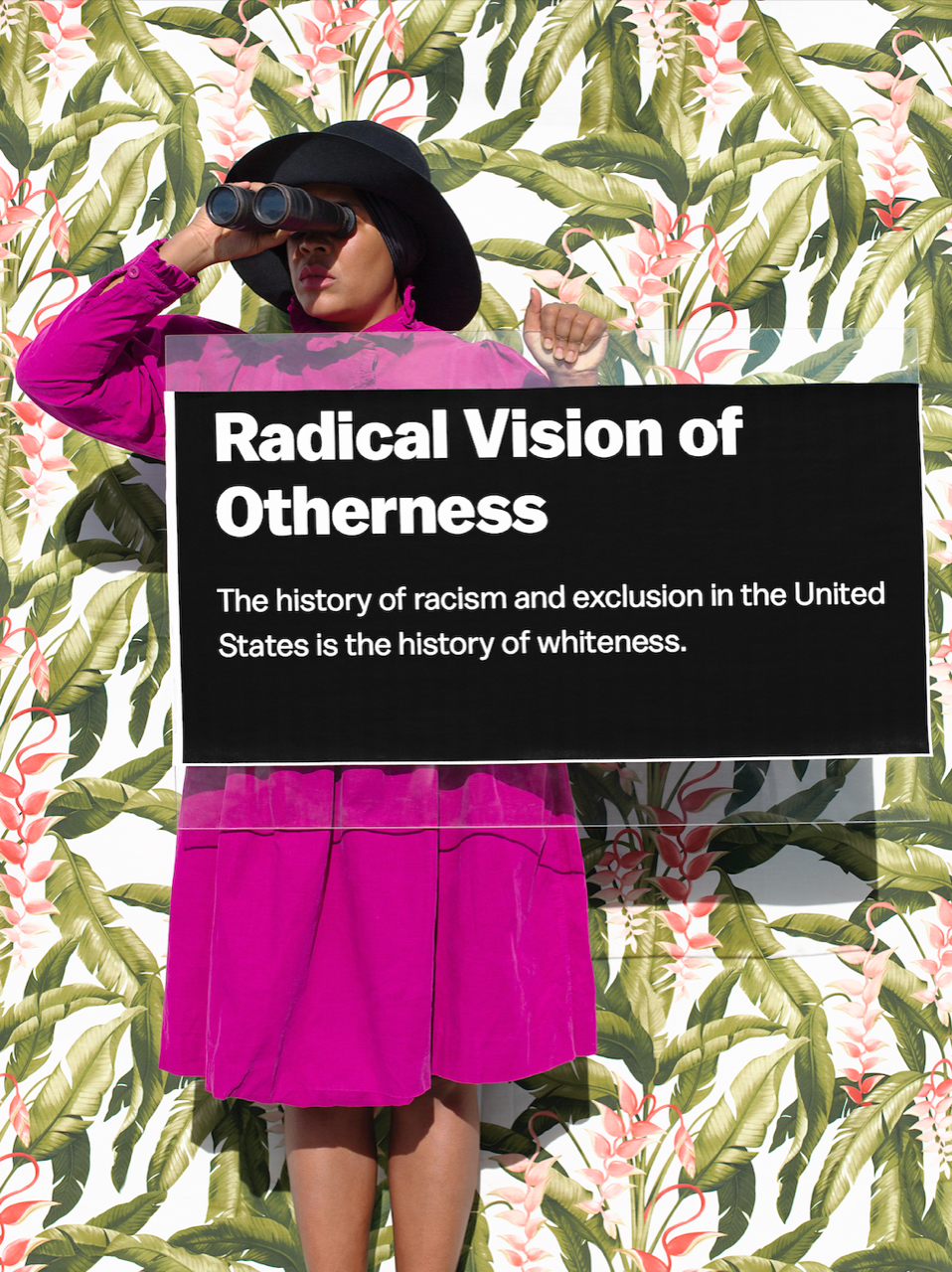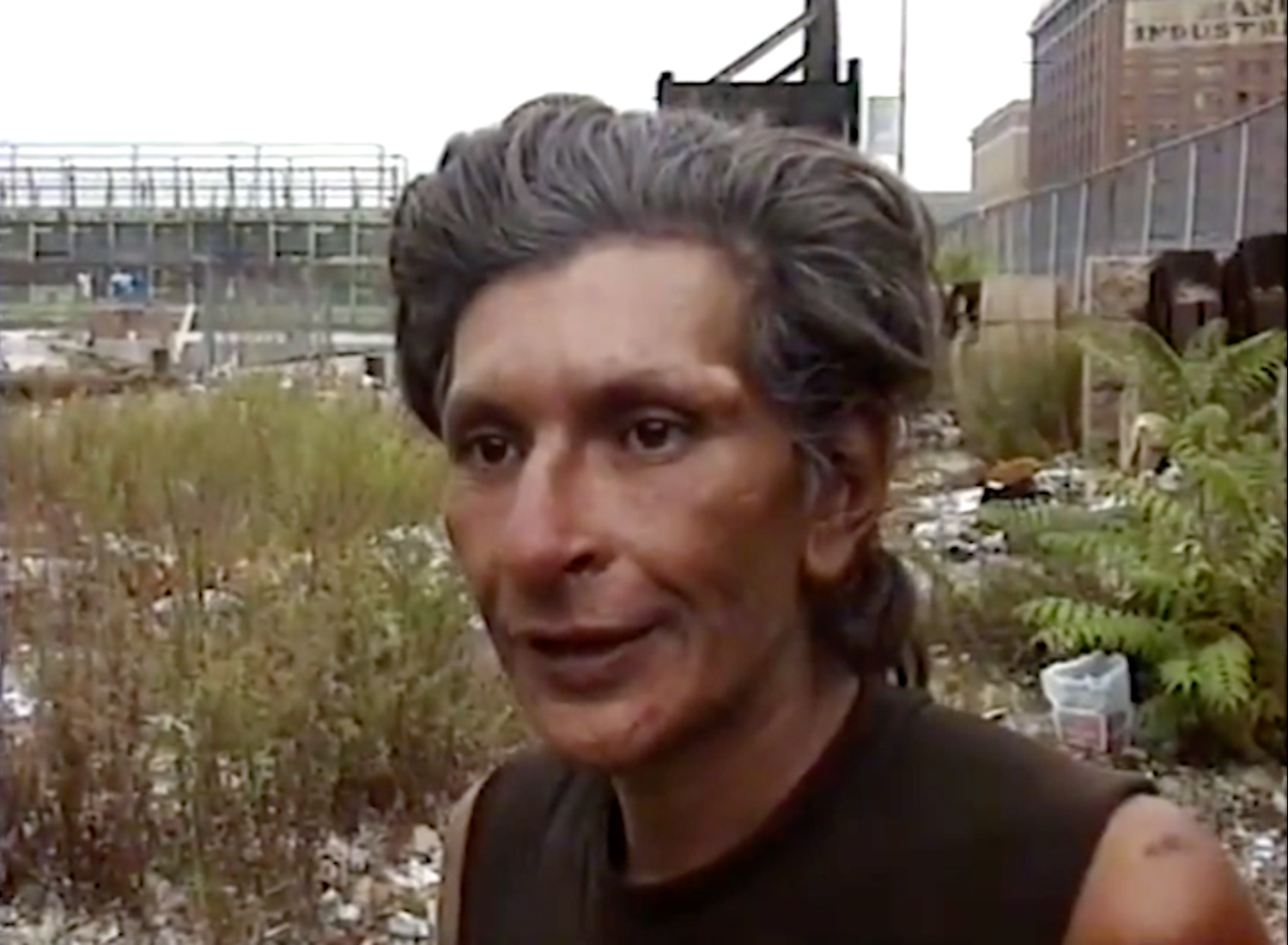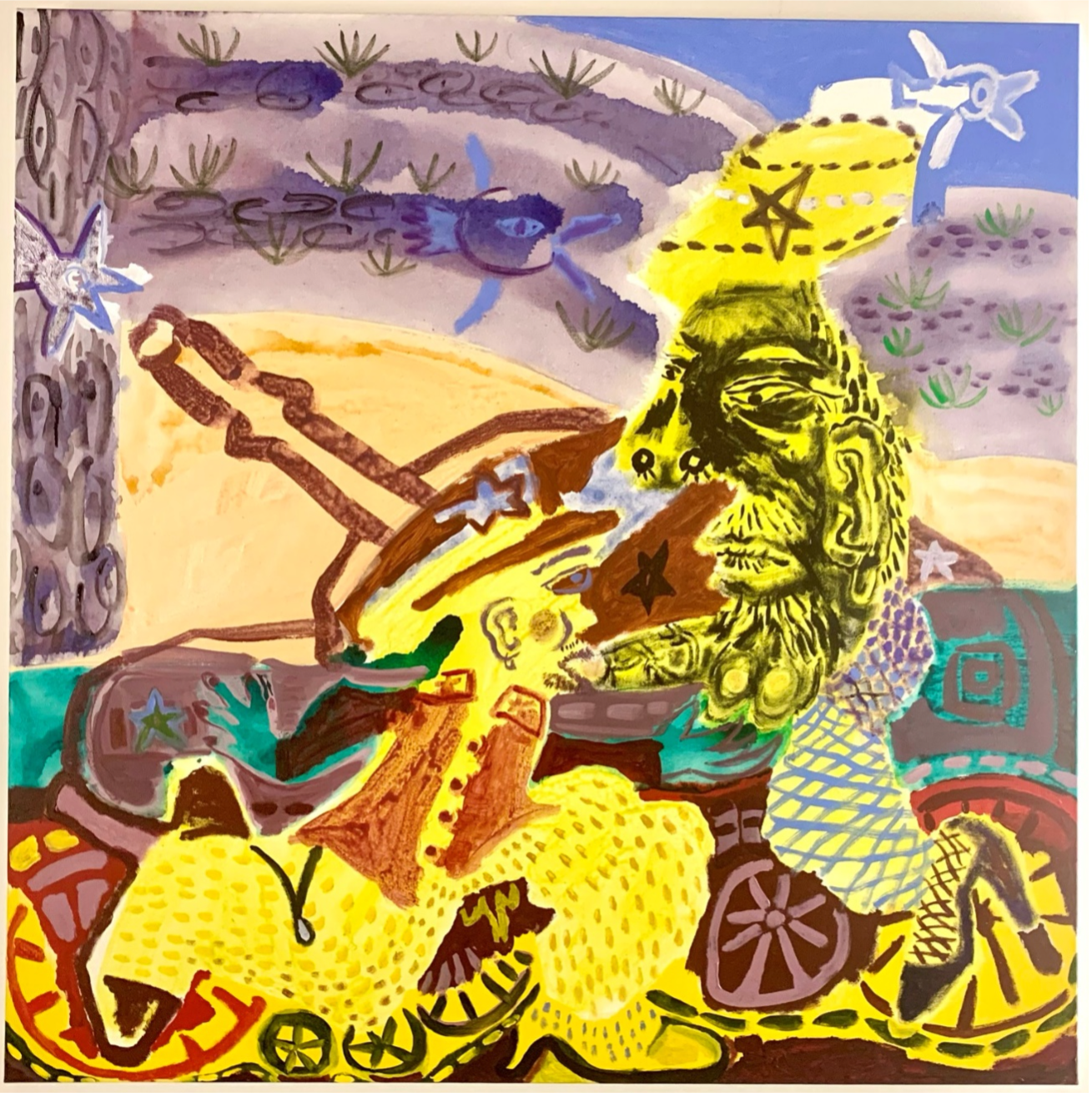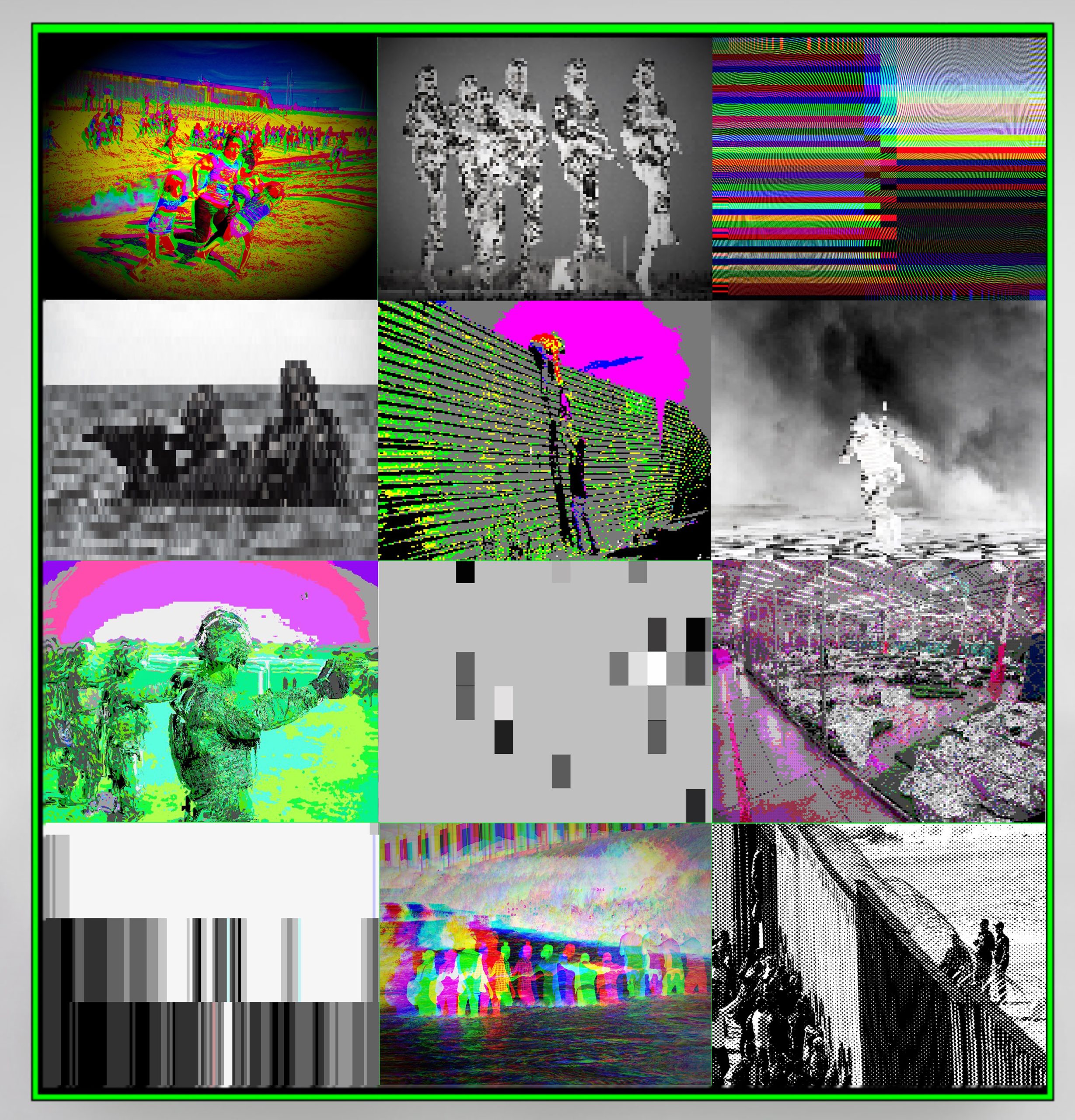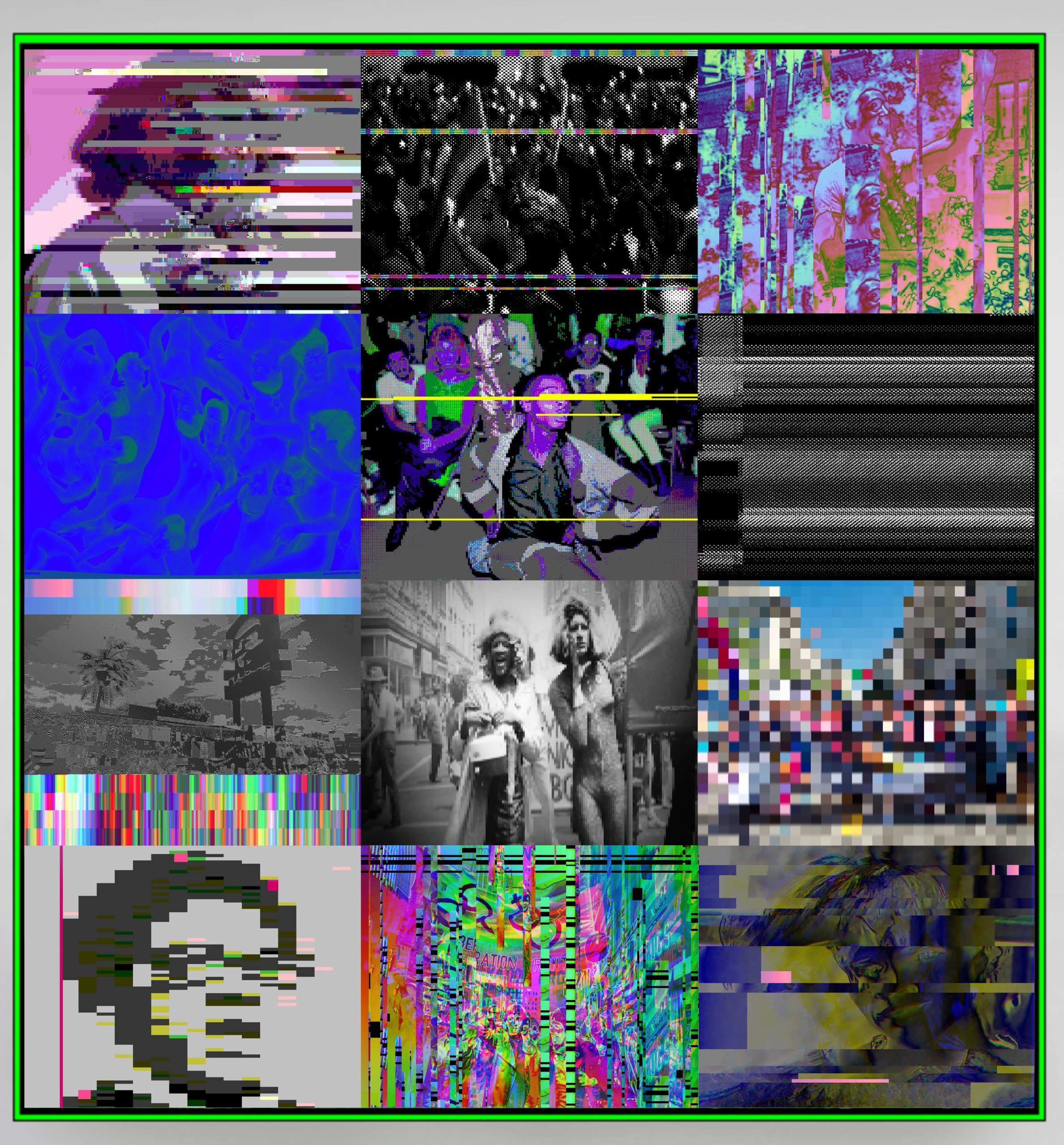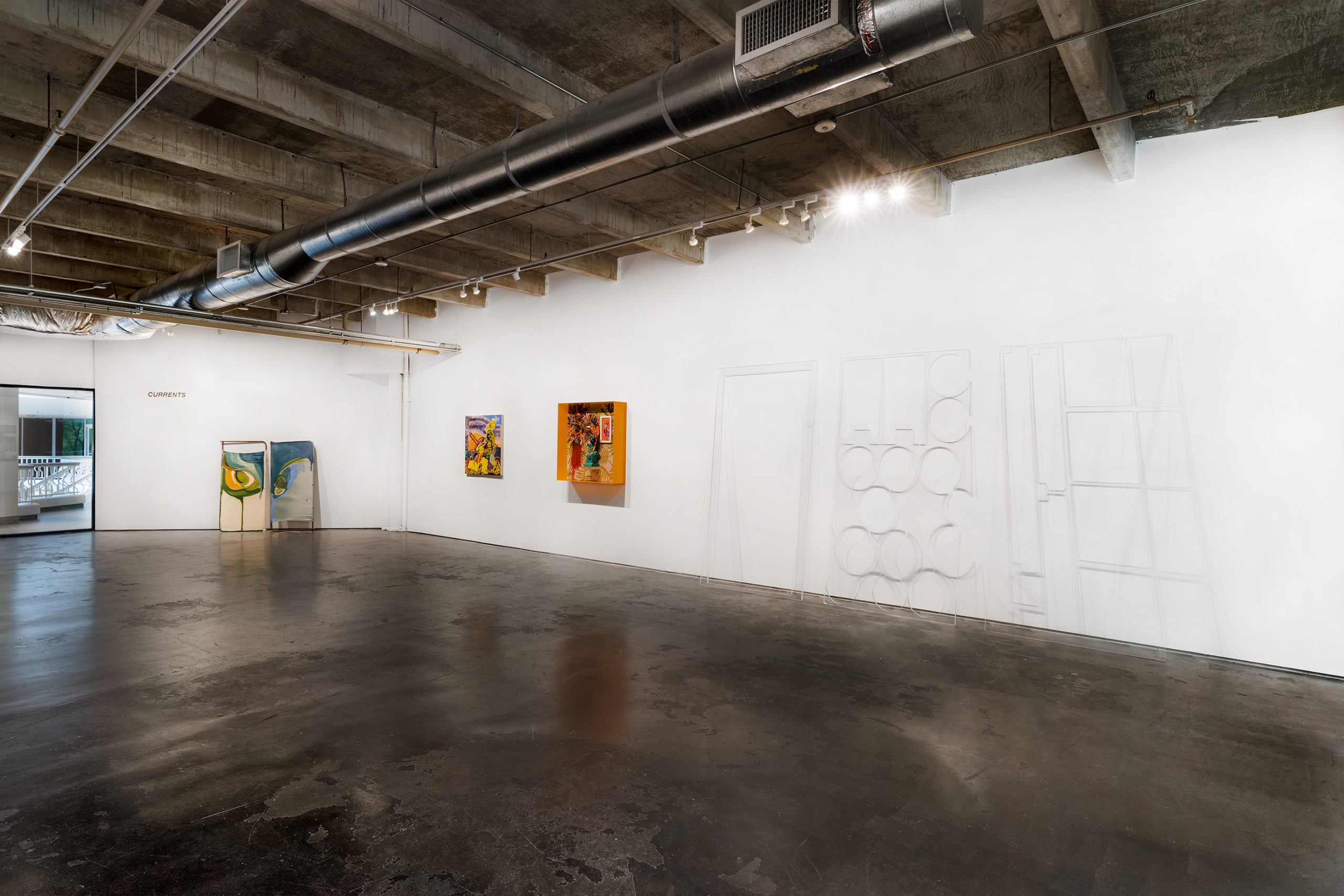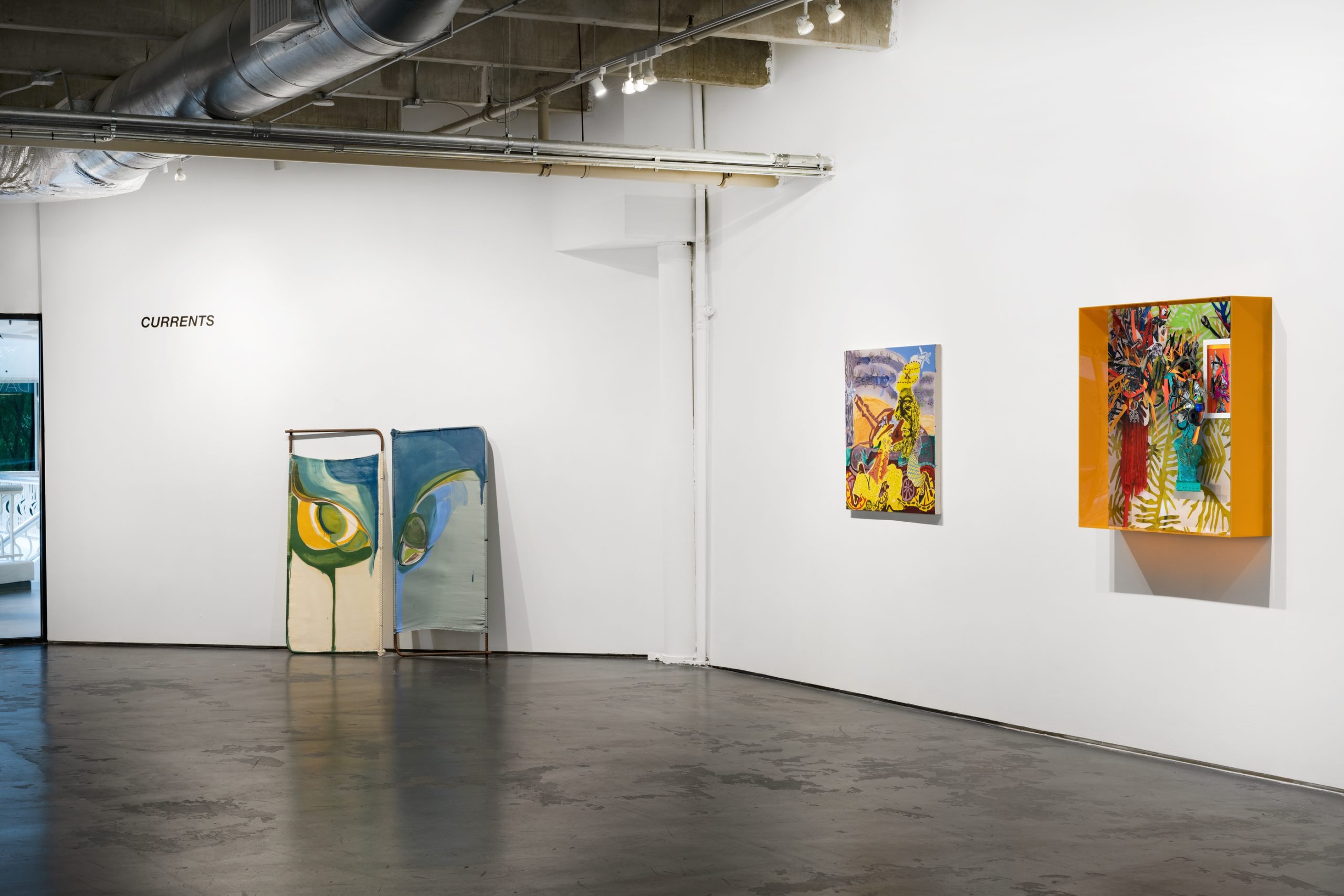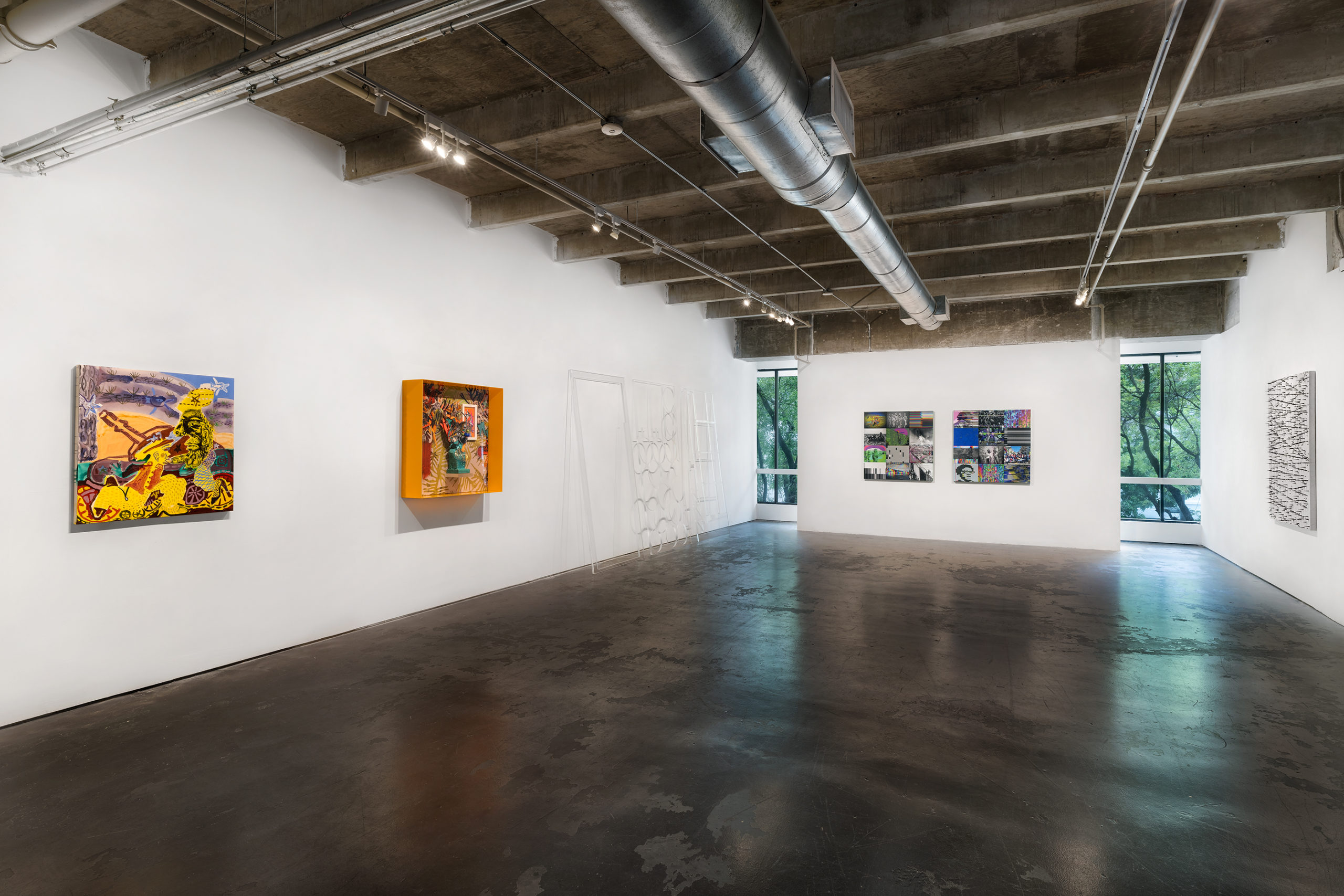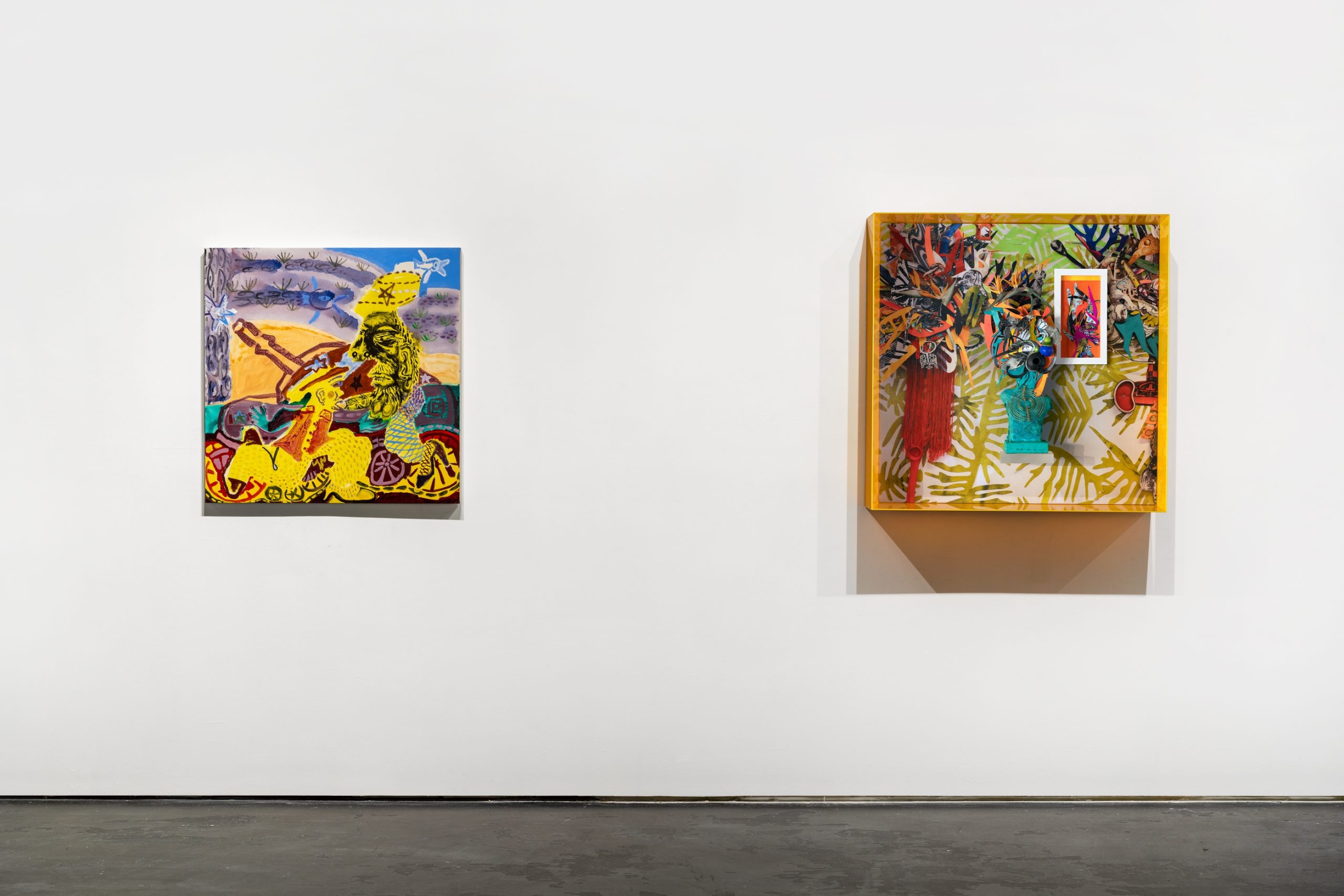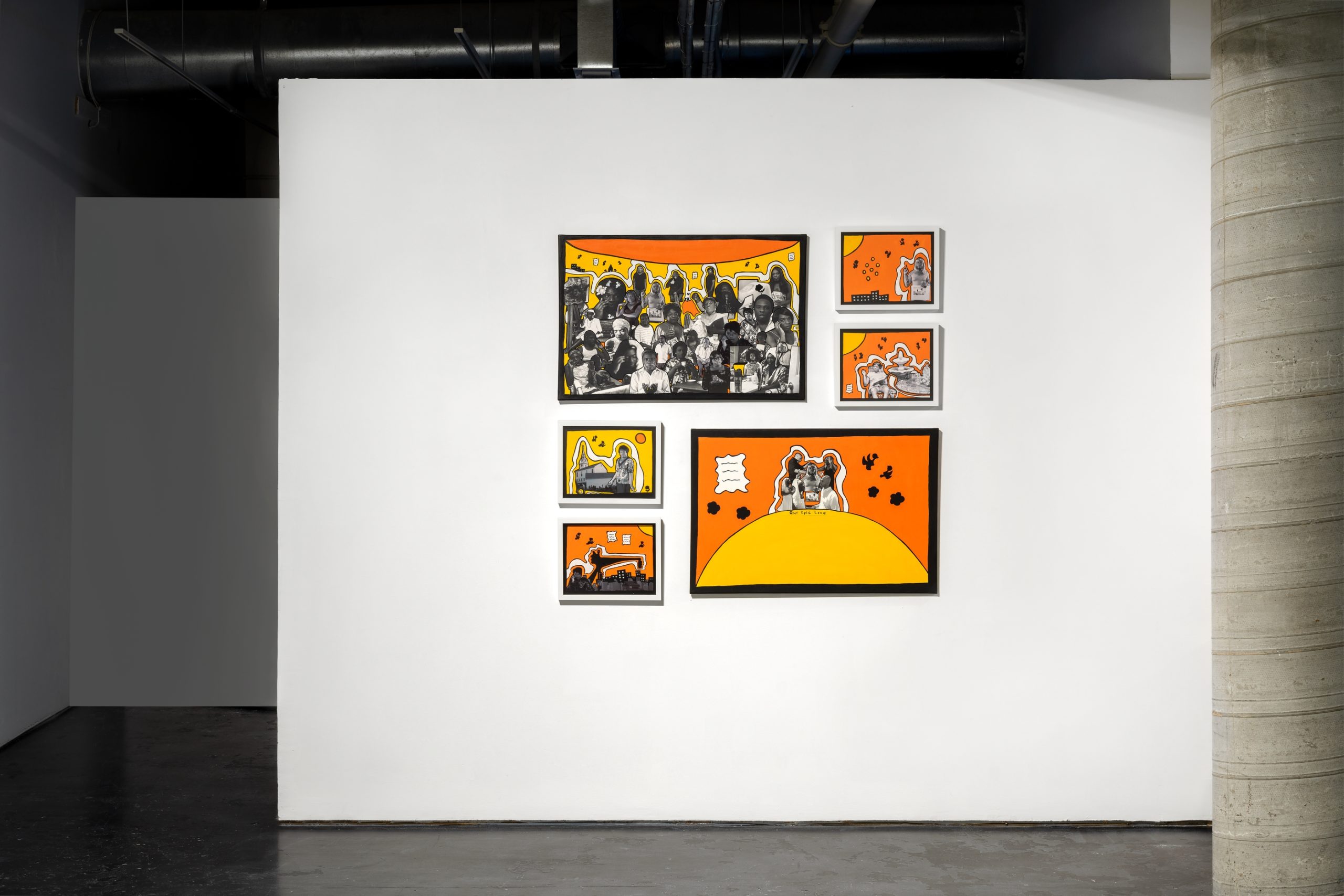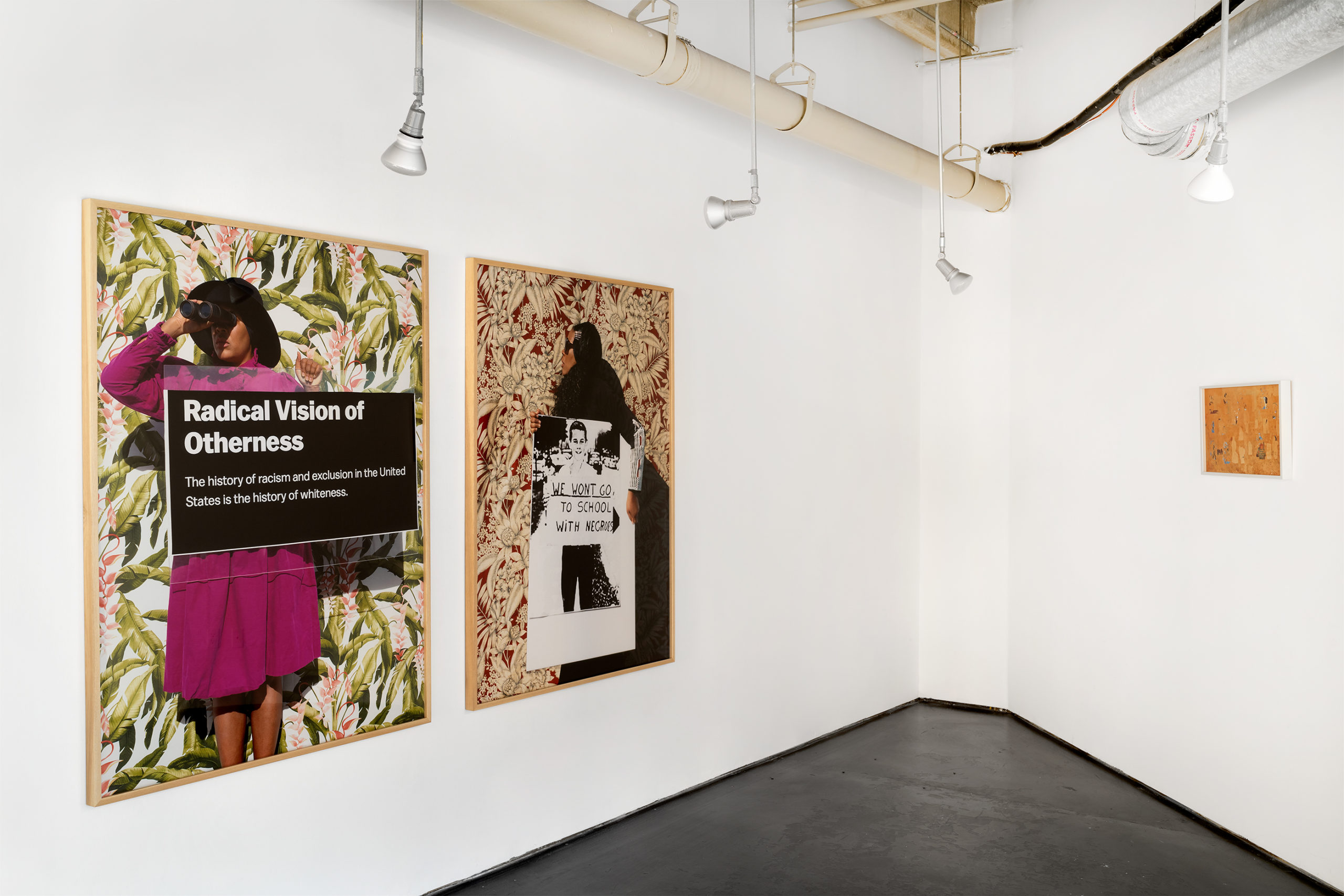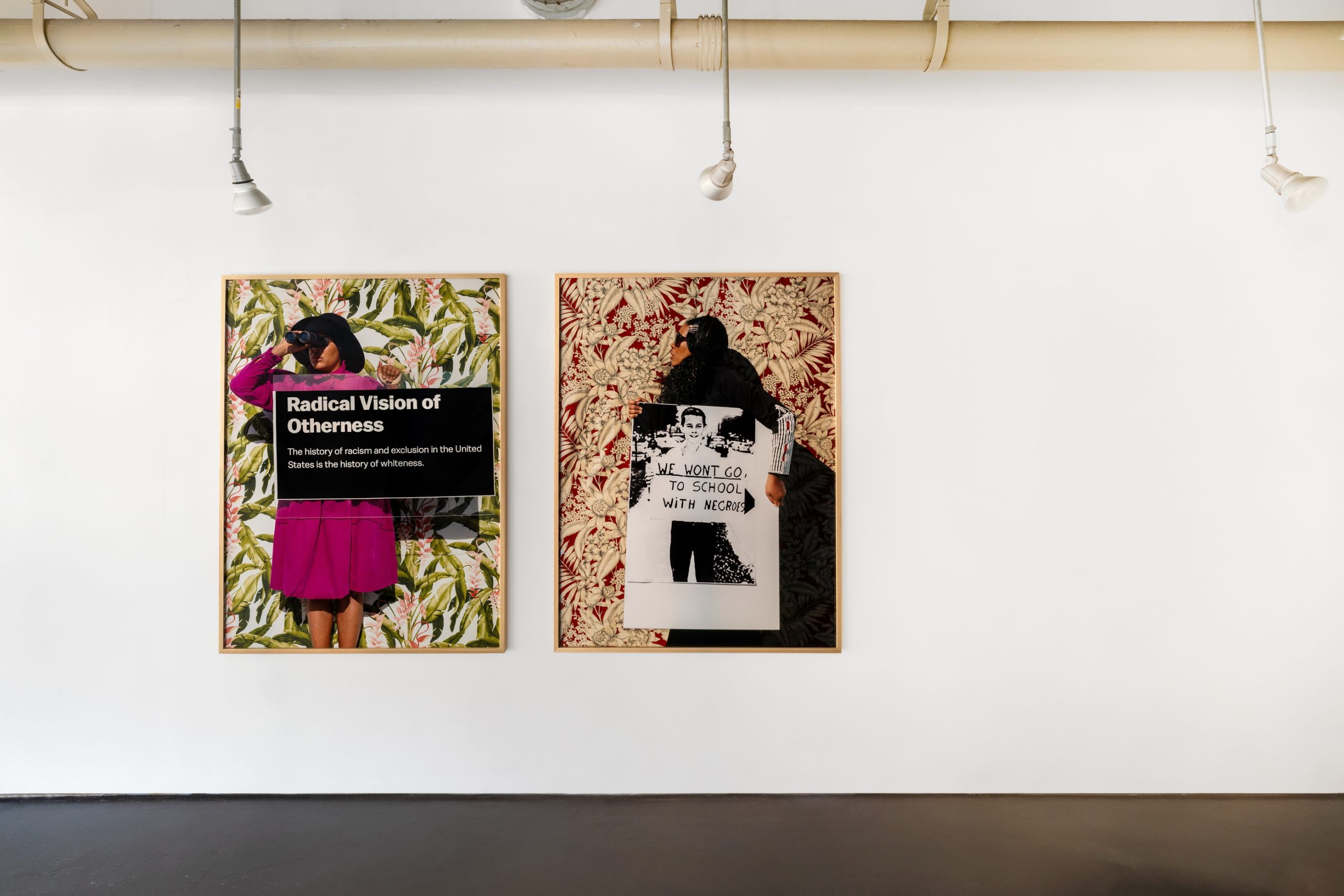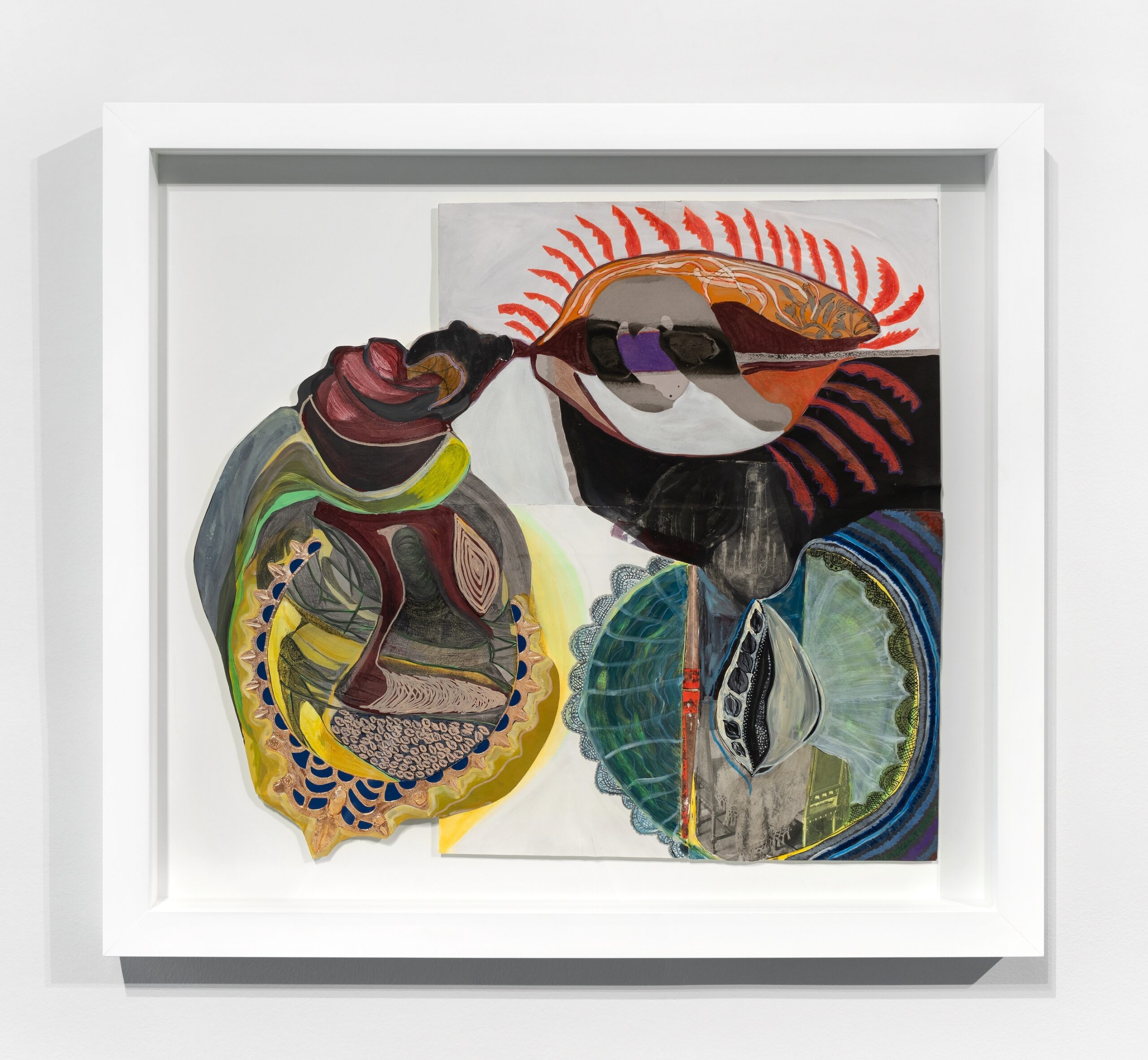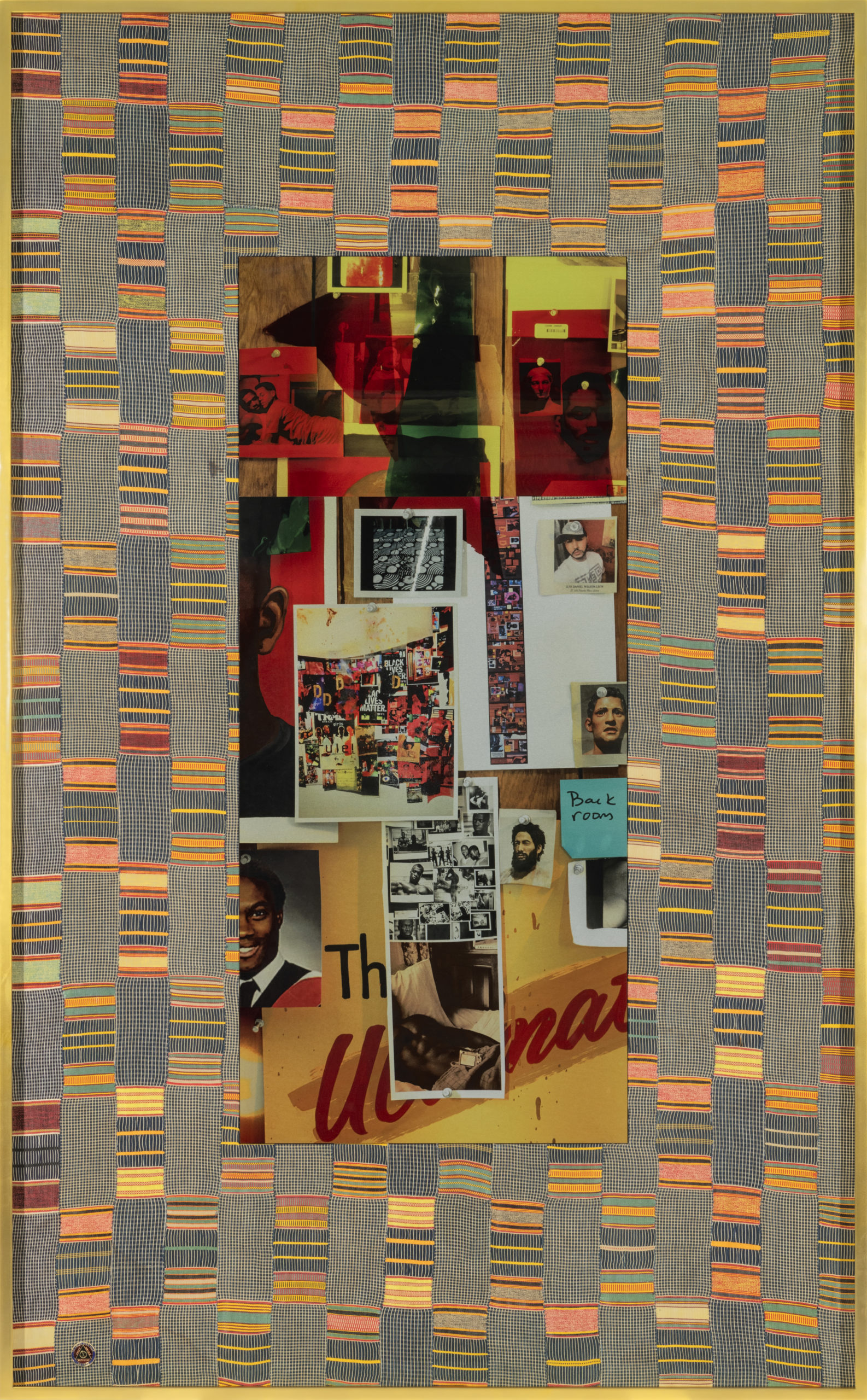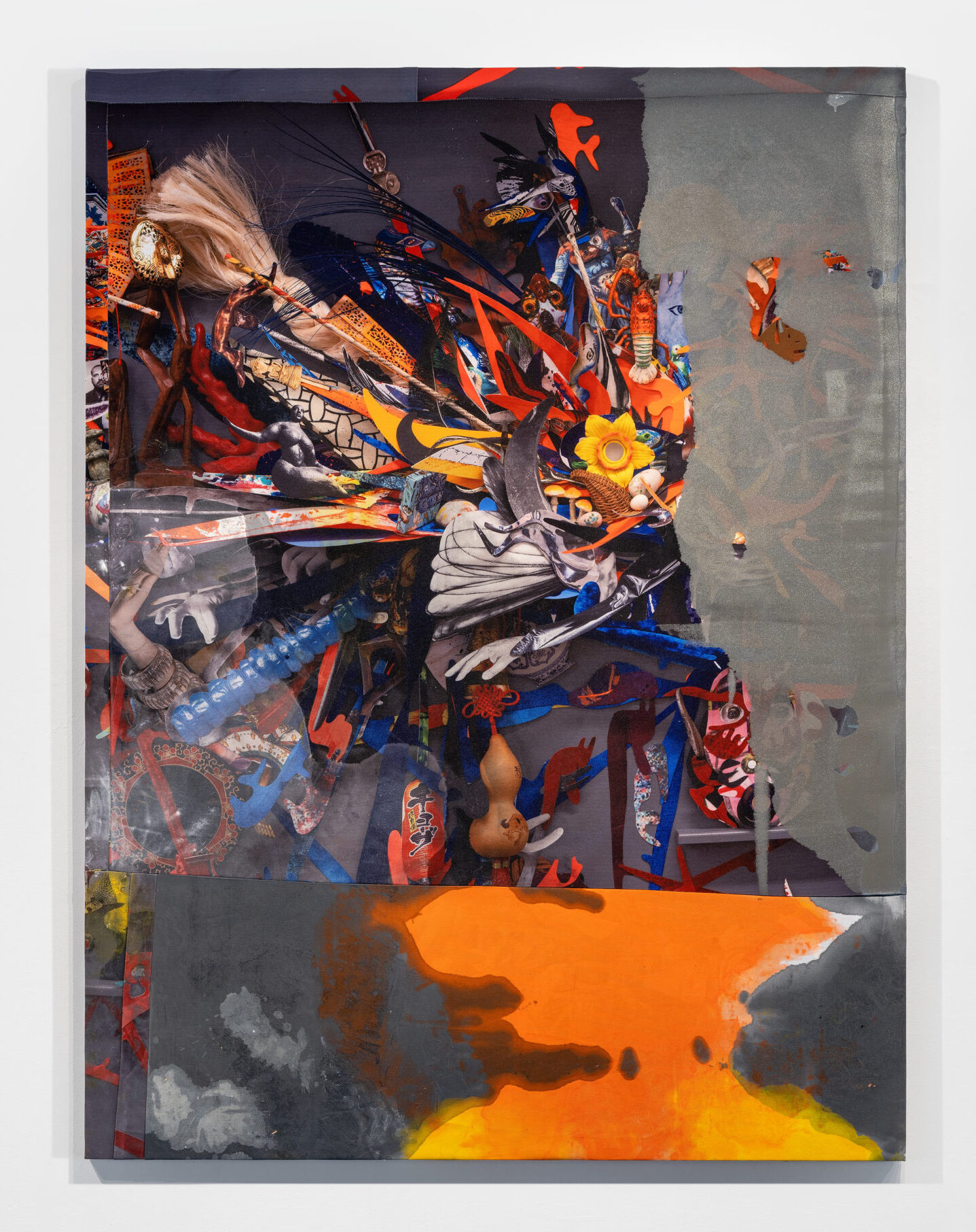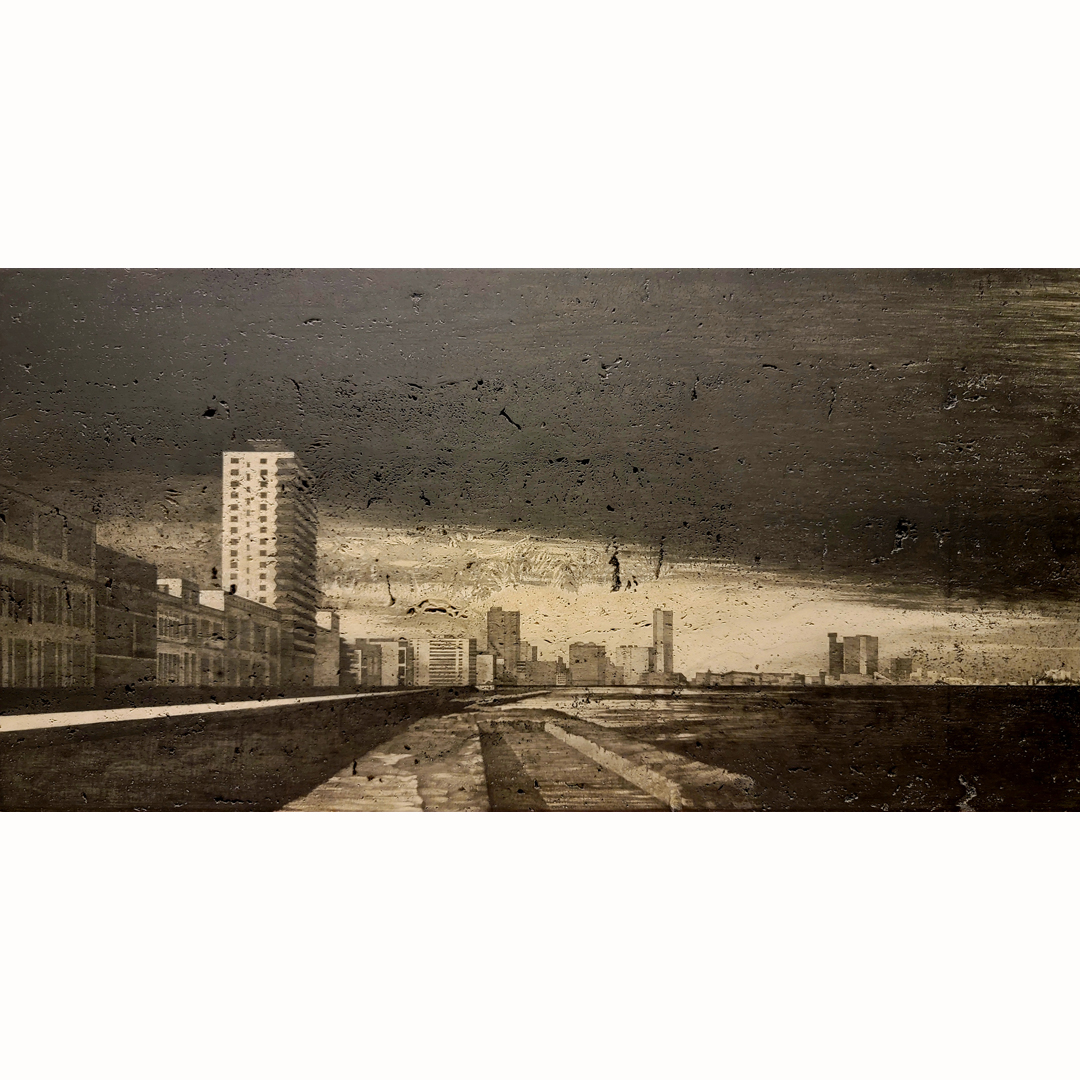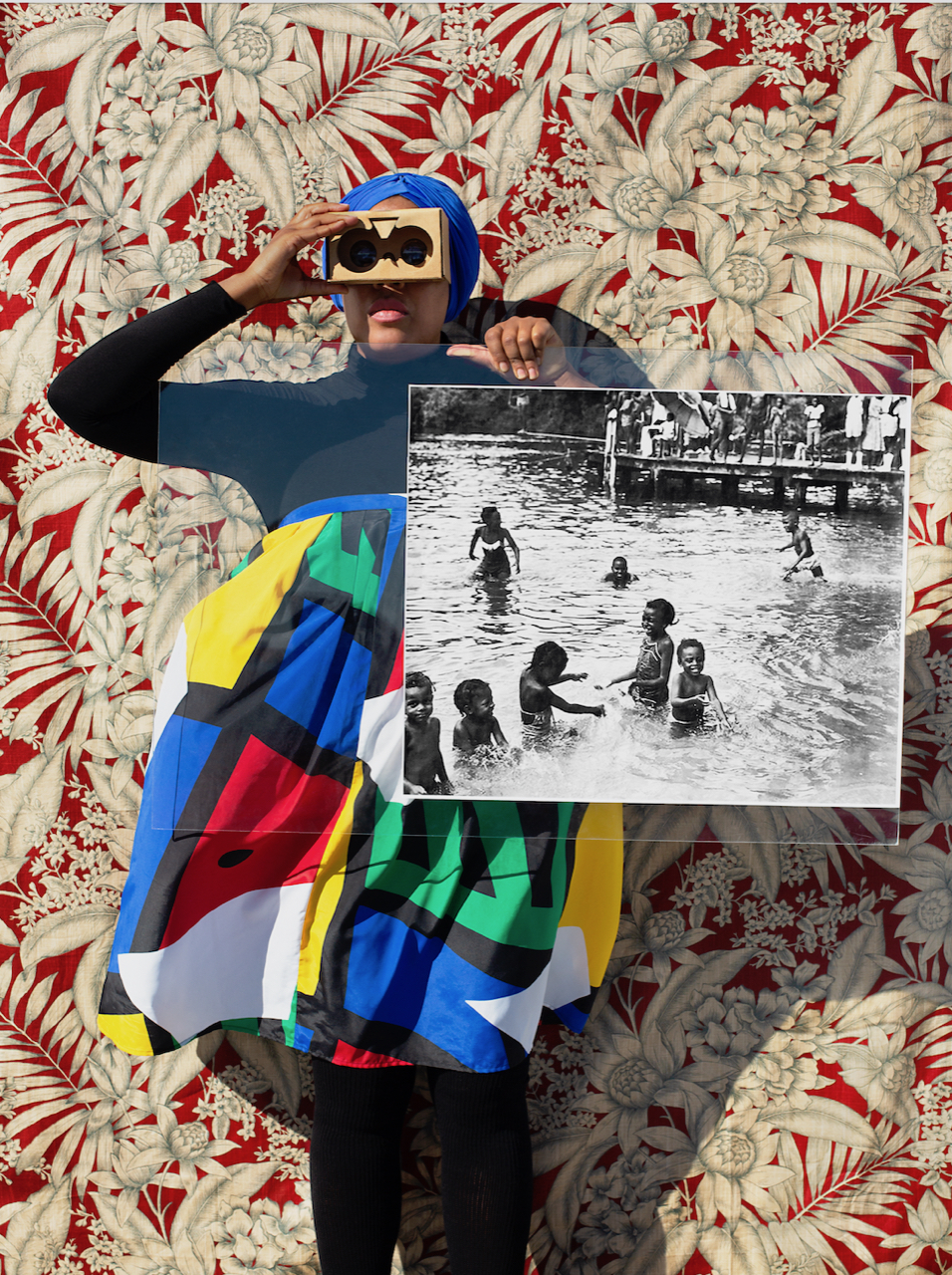CURRENTS
David Castillo presents CURRENTS, an exhibition with works by María de los Angeles Rodríguez Jiménez, GeoVanna Gonzalez, Lyle Ashton Harris Quisqueya Henriquez, Kalup Linzy, Pepe Mar, Glexis Novoa, Xaviera Simmons, Sasha Wortzel, Yesiyu Zhao, and Ricardo E. Zulueta.
CURRENTS considers the tidal flows of history, the events and causes that surge and resurge across eras, and the resulting cycles of civic ambivalence or unrest that stem from these critical periods. The exhibition brings together a diverse group of artists whose practices broach social, cultural, and political currents that have crested throughout history and have now found increased relevance in the mainstream discourses of our age. In highly personal and poetic evocations, most of the represented works situate the artist at the center of these conversations and bring seemingly insurmountable and at times faceless causes to a human scale. Queer erasure and exuberance, race-related inequality and violence, and the precarity of crossing sovereign borders are themes that pervade—and overlap across—the exhibition’s intersectional meditations.
María de los Angeles Rodríguez Jiménez’s body of work references her story of migration from Cuba, of leaving the island and settling in the United States, and confronting feelings of being torn between two conceptions of herself divided along these national boundaries. Her sculptural paintings—skeletons of industrial materials sheathed in textile skins—allude to a body that cannot be adequately defined or contained; a body marked by the awareness that it does not belong fully to any one place.
GeoVanna Gonzalez creates social sculptures and architectural interventions that contain within them the capacity for connection and identification. Her pieces Transformation and Futility: a queer deconstruction of space are transparent but charged physically by their relationship to light; the shadows cast and light reflected by the works meditate on the ever transitional nature of history and memory; and, how the past could be obscured in shadow or highlighted dependent on its positioning.
Lyle Ashton Harris’s storied career mines the artist’s own past to relate encounters of queer life, expression, and representation. An avid photographer and collector of ephemera in his youth, Harris’s photographic works include a vast archive of 35 mm Ektachrome slides that he shot between 1986 and 1996 as well as works from his time in Ghana; these images serve as a portrait of the artist during earlier periods of life and career, envisioned through the faces of his friends, lovers, and the backdrop of the broader queer community that surrounded him during the second wave of AIDS activism.
In her Spiked series, Quisqueya Henriquez looks reflexively at countercultural and activist symbols that have been co-opted as trends into the visual vocabularies of luxury brands; in this case, Henriquez considers the metal spike, an object that, in the 1970s and 80s, marked its wearer as a member of certain subcultures. In the mid to late 2010s, the spike emerged throughout the era’s fashion lexicon—embedded within shoes, bags, and other items—becoming de- and resignified in this act of appropriation.
The influences of drag, daytime soap operas, reality television, and sitcoms inflect Kalup Linzy’s diverse practice, where—through makeup, costuming, and acting—the artist puts on and takes off personas from a pantheon of interrelated characters that comprise a narrative universe of his own imagining. These characters take the form of mothers, fathers, church ladies, artists, musicians, wealthy benefactors; their plots and backstories unfold in performances, videos, and photographs where Linzy unapologetically claims visibility for queer expression.
Pepe Mar’s assemblage works take on anthropomorphic forms that he calls Paprikas, quasi personifications of his practice. These pieces are made from once-personal artifacts—donated garments, leather harnesses, and assorted knick-knacks, many of which are purchased from secondhand stores in the queer enclaves of South Florida. Mar views these items as being charged by their past uses and owners, embedded with histories of representation and queerness in contexts defined by individual and collective experience.
In a body of paintings created during the height of COVID-19 quarantine, Glexis Novoa filters the language of his abstractions through the lens of fractal rhythms that evoke cellular formations, microscopic bodies, and viral spread. Lines snake along the surfaces of these pieces in patterns that repeat and overlap and recall the anxieties of living during this period of global disruption; they are also reminiscent of the artist’s earlier painting practice that incorporated a Soviet-style graphic block.
Xaviera Simmons’s Sundown series positions the artist within an expanded and rigorously researched body of work that charts an uneasy history of racial inequality in the United States. Costumed and posed in front of lushly-printed textile backdrops, the artist’s characters become bearers of this past, holding in their hands the evidence—images and texts—that recall these often violent legacies of injustice.
Sasha Wortzel’s films, This is an Address I and II consider histories that have been razed, erased, and built over. In these works, the artist traces the locations of past, essential, and community-building sites across New York City where LGBTQ+ people once gathered and lived; places now lost, redeveloped, and gentrified. This is an Address I follows a 1995 interview with the late trans activist Sylvia Rivera, who lived in an informal encampment—along with other queer, HIV-positive people—on the Hudson River piers; she spoke of their impending, and inevitable, displacement.
Yesiyu Zhao’s paintings unfold across a distinct, symbolic language where intimacy, self-fashioning, and the cultural histories of China and the United States create nuanced narratives in portrayals of Asian individuals and queer life. Images of Chinese soldiers recur throughout some works; recalling the Yellow Scare propaganda of mid-century, Zhao humanizes these militarized figures in gestures that offer understandings of them as people who love, feel, and live as anyone does.
In his GRID pieces, Ricardo E. Zulueta evokes the overwhelming sublime of images that construct—and potentially degrade—our popular understanding of the questions and causes that define our time. Positioned together in a format that might resemble an Instagram profile feed or a multitude of screens, the works follow visual iconographies of queer activisms and the militarization at sites of border-crossing and immigration; the pixelized and aberrated treatment of these images signals the potentials for manipulation, obscurity, and misunderstanding of this data.
Taken together, the works in CURRENTS speak to the ebbs and flows of activist and social movements that have punctuated recent memory and whose legacies have been pulled from the past into the present.
CURRENTS is curated by Claudia Mattos.
GeoVanna Gonzalez
Sasha Wortzel
Ricardo E. Zulueta
